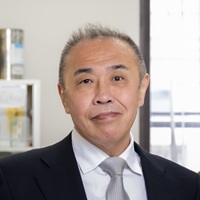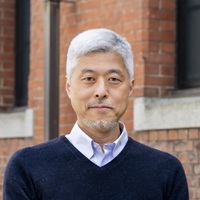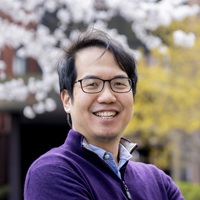Research summary
Research outline
The laboratory of bioimaging and cell signaling is mainly studying structures of human membrane proteins, which are the targets for drug discovery, complexed with various pharmaceuticals. The main targets are G-protein coupled receptors (GPCRs) and transporters. We hope to contribute to the development of new drugs through these studies. To determine the structures, we use X-ray crystallography and single-particle cryo-electron microscopy.
Main themes
- Structural biology on drug target membrane proteins
- X-ray protein crystallography
- Single-particle cryo-electron microscopy
Member
|
IWATA, SoProfessor |
iwata.so.2z*kyoto-u.ac.jp See faculty information |
|---|---|
|
NOMURA, NorimichiAssociate Professor |
nomura.norimichi.2e*kyoto-u.ac.jp See faculty information |
|
IM, DohyunAssistant Professor |
im.dohyun.3s*kyoto-u.ac.jp See faculty information |
- Please note that the @ symbol has been replaced by *.
Access
Faculty of Medicine Campus, Faculty of Medicine Bldg. A



